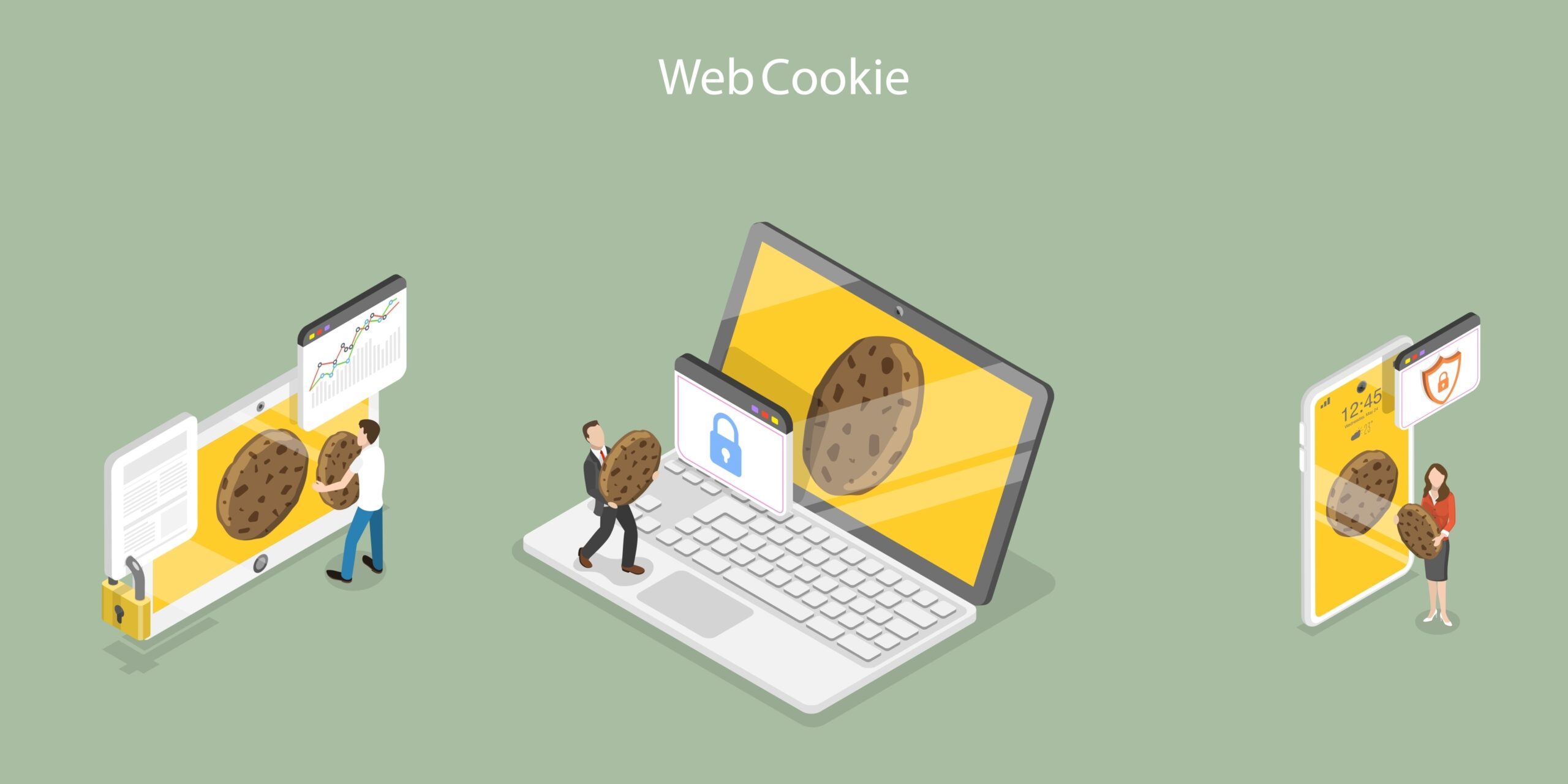Navigating the Future: Strategies for a Cookie-Less World in Marketing
The digital marketing landscape is on the brink of a significant transformation, as the era of third-party cookies comes to an end. Major tech companies, including Google, have announced plans to phase out third-party cookies on their browsers by the end of 2023. This shift heralds a “cookie-less world,” posing challenges and opportunities for marketers and advertisers alike. As the industry adapts to this new reality, businesses must rethink their strategies to continue engaging customers effectively without compromising on privacy.
Understanding the Shift
Third-party cookies have been integral to digital advertising, enabling marketers to track user behavior across different sites, tailor ads to specific interests, and measure the effectiveness of their campaigns. However, growing concerns over privacy and data protection have led to increased scrutiny and regulations, prompting the move away from cookie-based tracking.
Impact on Marketers and Advertisers
The demise of third-party cookies will significantly impact how marketers target and reach their audience. Traditional methods of tracking and personalization will no longer be as effective, necessitating a shift towards alternative strategies that prioritize user privacy and consent.
Preparing for the Cookie-Less Future
- Embrace First-Party Data
The most direct way to adapt is by focusing on first-party data collected directly from your audience through interactions with your brand’s website, social media, and other digital platforms. This data is not only more accurate and reliable but also complies with privacy regulations, making it a valuable asset for personalized marketing. Be sure to work closely with your IT and web team to ensure that users are receiving the proper information when they visit your website or interacting with your social profiles and make sure that the consent they’re providing is crystal clear. Users must have the option to opt-out with a hyper linked Terms and Conditions that provides thorough and easy to understand information about how you collect data and your intentions with that data. This is in addition to the existing website Terms and Conditions and Privacy Policy pages.
- Invest in Contextual Advertising
Contextual advertising, which targets ads based on the content of the website or page rather than user behavior, is set to make a comeback. This method respects user privacy while still allowing for effective targeting, based on the assumption that the content being consumed is a strong indicator of the user’s interests.
- Explore New Technologies
Technologies like AI and machine learning can analyze large sets of first-party data to identify patterns and preferences, enabling personalized marketing without infringing on privacy. Additionally, blockchain technology offers potential for secure and transparent data management, ensuring user consent and compliance with regulations.
- Strengthen Customer Relationships
With the decline of cookie-based tracking, building direct relationships with customers becomes even more crucial. Engaging content, loyalty programs, and personalized experiences can encourage users to share their data directly with brands they trust.
- Prepare for Privacy-First Advertising
Understanding and complying with privacy regulations (e.g., GDPR, CCPA) is essential. Marketers should ensure transparency in their data collection practices and provide clear options for users to control their data. Privacy-first advertising not only adheres to regulations but also builds trust with your audience.
- Collaborate and Innovate
Collaboration across the industry, including partnerships with tech companies and participation in consortia, can help develop standardized, privacy-compliant solutions for tracking and targeting. Innovation in this area is crucial for finding alternatives that balance effective marketing with privacy considerations.
The transition to a cookie-less world is inevitable, and marketers must be proactive in adapting their strategies. By focusing on first-party data, exploring new technologies, and fostering direct relationships with customers, businesses can navigate these changes successfully. The future of marketing in a cookie-less world is not just about finding new ways to target ads but about building a more transparent, privacy-focused relationship with consumers. As we move forward, adaptability, innovation, and a commitment to privacy will be key to thriving in this new landscape.
